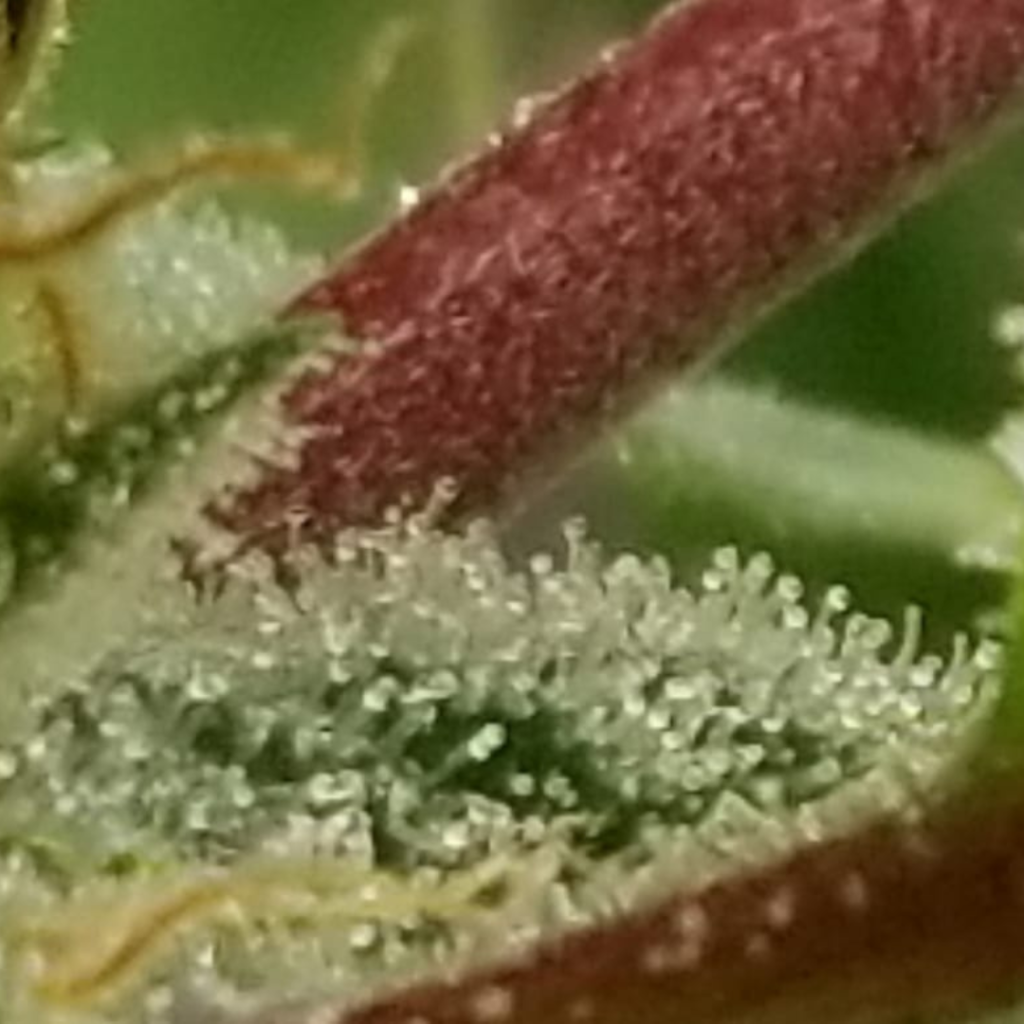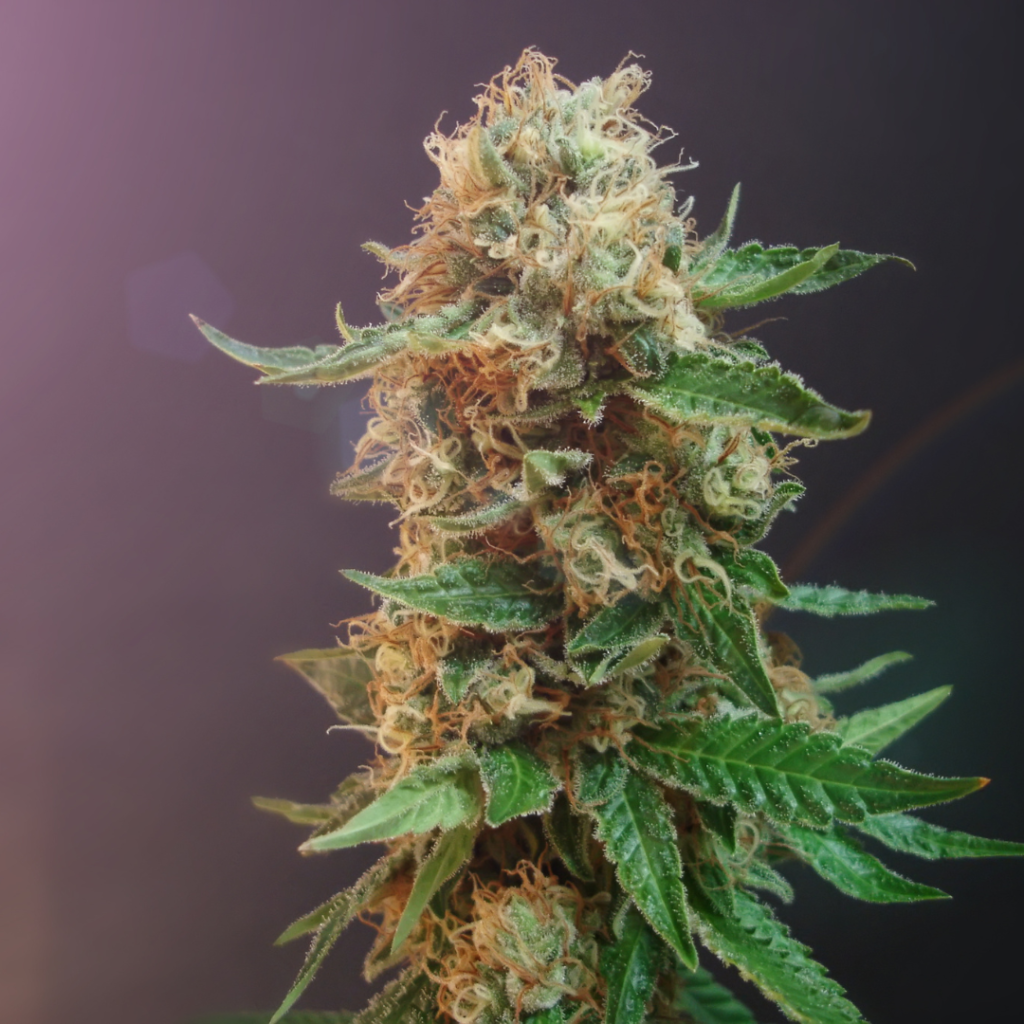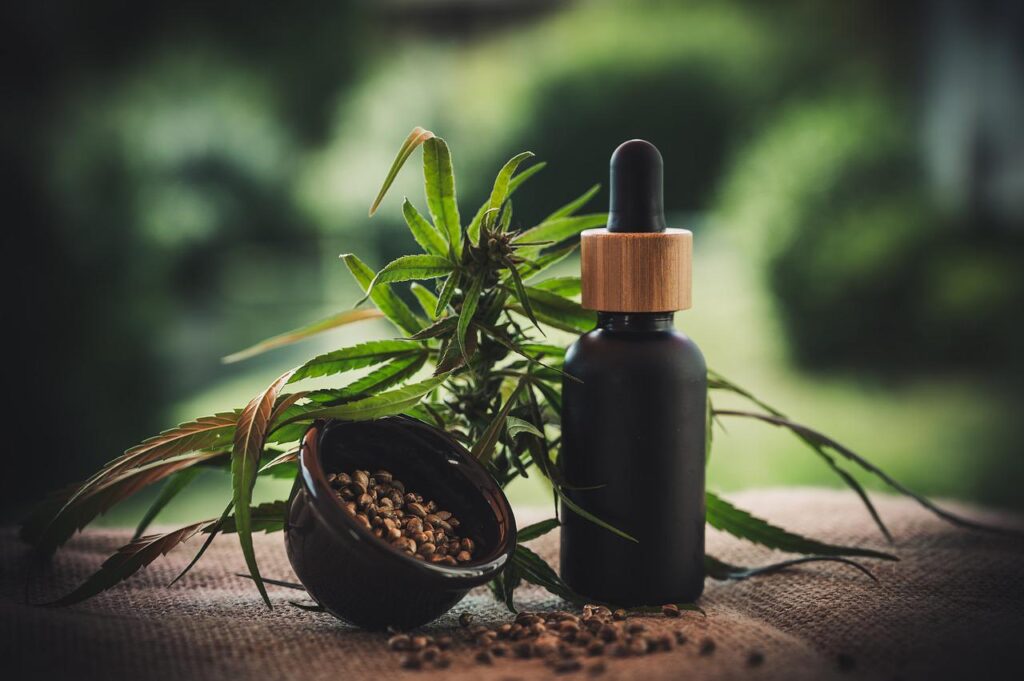How to Grow Cannabis with Big, Dense Buds
Table of Contents
- Why Do Big Buds Matter?
- Genetics
- Grow Conditions
- Pruning and Plant Training
- Timing the Harvest
- Dry and Cure Correctly
Introduction
Big buds are a sign of quality, but it’s important to know how to grow your cannabis the right way. Denser buds mean more trichomes and more THC! Read on to find out how to grow cannabis with big, dense buds.
Why Do Big Buds Matter?
Let’s get one thing straight: Big buds are better! They’re usually more potent, they look better, and they are easier to trim. A good yield of big flowers is the aim of any grower who wants to make the most of their cannabis plants. But how do you achieve this? There are a few different factors at play here, but I’ll start by talking about how good genetics.
Genetics for Big Buds
Genetics are important for growing dense buds. Choosing a strain that contains the genetics for dense buds will give you the best chance at producing dense, large, high-quality flowers. Heirloom strains have been bred over many years to produce dense nugs, and they’re excellent examples of potent cannabis genetics. If you can’t find an heirloom strain in your area, look into heritage strains instead. These are similar in quality to heirlooms and are often available as clones or seeds for purchase online through trusted seed banks.
Even if you’re using non-dense genetic plants, there’s still hope! You can still grow big buds with good grow conditions and proper plant training techniques like LST and lollipopping (see below).
Grow Conditions
Light
The amount of light you need for growing big buds on cannabis is dependent on the strain you are using. Uncle Herb’s Rule for a Green Thumb: use indoor grow lights. These types of lights have a very specific spectrum that helps with the process of photosynthesis and conversion of CO2 into O2 in the plant’s leaves.
Lighting can be divided into two categories: artificial (artificial) and natural (natural). Artificial lighting generally refers to LED’s, fluorescent tubes or HID’s that emit light.. Natural lighting includes sunlight, moonlight, and starlight. All three are forms of electromagnetic radiation that plants use during photosynthesis. Unfortunately, none of these contain an exact ratio of red/blue wavelengths like artificial lights do. So, they may not provide as much benefit as artificial options once your plants get bigger than seedlings or clones. You shouldn’t use natural light at this stage, anyway.
For those who prefer using artificial lighting over natural options, there are many different types available depending on your budget. LED grow lights tend to be more expensive. However, they tend to last longer than other brands due to their low power consumption rate. For example, HID lamps which require large amounts each month when used continuously over time. These usually last around ten years before needing replacement parts. Growers must replace them at least once a year and some growers change them out every grow. That being said, most growers find themselves opting for LED systems because they offer better yields per watt used and generate less heat than HID’s.
Nutrients
You’ll want to make sure you have a balanced nutrient system, meaning you’re not going to be over or underfeeding your plants at any point. If you do this well, you should be on your way to growing cannabis with big, dense buds just fine.
A high-quality product is key for getting the most out of your feeding schedule. Low-quality nutrients can lead to deficiencies and other problems down the road that could stunt your bud’s development. High-quality nutrients will have a proper ratio of macronutrients to micronutrients.
You also need to keep an eye on how often and how much you feed your plants. If it becomes too much food at once, it can overstress the plant. Too much food can even burn them up when they don’t have enough room left in their roots for more fertilizer! Make sure there aren’t too many nutrients around when starting out, so that things don’t get too complicated right away (and remember: every plant has different needs).
Uncle Herb’s Rule for a Green Thumb: When adding liquid nutrients into soil mixes or growing media such as coco coir/hydroton mix or mediums such as rockwool cubes, verify the pH is between 5.5 and 6.5. Soil mixes like pH closer to 6.0 to 6.5, coco is 5.8 to 6.2, and rockwool is 5.5 to 5.8.
Air circulation
The first thing you need to know is that good air circulation helps prevent mold, which can ruin your buds. Good air circulation also helps the plant’s respiration process occur properly.
To increase air circulation in your grow room:
- Get an oscillating fan for each plant (at least two fans are better)
- Place the fans at least 3 feet away from each other so that there’s a “lull” between pulses of wind
- Aim them down toward the plants and make sure they’re not blowing directly on anything else
- The plant leaves should be gently moving occasionally. Continuous movement can be good but there should not be too much leaf movement if it is continuous.
Temperature and humidity
- Temperature
The ideal temperature range for cannabis plants is 60-80 degrees Fahrenheit. Any colder and you’ll have a hard time getting your flowers to grow properly. Temperatures above 85 degrees will dry out plants quickly and make them need watering more often. If your space is too cold, you can purchase heaters or use a supplemental light source to keep it warm enough. If it’s too hot in your growing space (above 80 degrees), consider adding insulation or cooling fans to help regulate the air temperature throughout your grow room.
- Humidity
Humidity levels are also important when growing cannabis indoors because they affect how plants develop and interact with one another over time. Ideally, humidity should be between 40%–70%, but you should monitor this closely as conditions change throughout each season. If humidity gets too low (under 40%), plants may show symptoms such as wilting leaves. Conversely, high levels of relative humidity (above 70%) can cause mold growth on leaves which can damage any buds that have already formed before harvest time rolls around.
If you’re looking for a more in-depth guide on growing conditions for your cannabis plant, (and all about growing cannabis), we highly recommend checking out our article “Growing Cannabis, Beginner’s Guide: A Blog About All The Basics Of Growing” https://lilguyhydro.com/growing-cannabis-beginners-guide-a-blog-about-all-the-basics-of-growing-cannabis/
Pruning and Plant Training
Pruning and plant training are the most important techniques for increasing your yield, both quantity and size of buds. They both involve manipulating the growth of your plants in order to increase the light exposure reaching their flowers.
Pruning involves removing branches on your plant. This can be done by hand or by using a sterile pruner or scissors. Uncle Herb’s Rule for a Green Thumb: Growers should prune every few weeks so that you’re always keeping things short enough for good airflow but not so much that it affects growth too much.
Lollipopping is a specific type of pruning used during vegetative growth. When you lollipop your plant, you remove all side shoots from lower branches, leaving only one main stem to grow upwards from each node (the place where leaves emerge). Your plant will grow bushier with fewer leaves but more flowers per plant than usual. Your plant ends up looking like a lollipop (the flowers) on a stick (the main stems).
Topping is used alongside low-stress training (LST) and sea of green (SOG) training methods. Topping refers specifically to cutting the top parts of the plants to even out the canopy and force more cola buds. And that’s your goal–growing dense big buds.
Most growers use LST for their cannabis grow, as it helps to make the plant’s buds bigger and fuller. By bending over and securing some of the taller stems at the same height as the other stems, you can create a flat canopy, where all of the colas develop and larger buds are more prevalent.
The Screen of Green (ScrOG) LST method can boost the production and quality of your plants. This method secures the plant stems to a mesh of strings at a certain height. By doing this, you force only the biggest buds to be exposed to direct light, creating beautiful patterns of growth that produce more grams per harvest.
If you’re looking for a more in-depth guide on growing conditions for your cannabis plant, (and all about growing cannabis) we highly recommend checking out our article “Low-Stress Training of Your Cannabis Plant” https://lilguyhydro.com/low-stress-training-of-your-cannabis-plant/
Timing the Harvest
Harvesting your cannabis when the trichomes and pistils are a color you like is one of the easiest ways to some unique, high-quality buds. To get the best results, you’ll want to harvest when there are at least 70% dark pistils and 50% cloudy or milky trichomes. This will usually result in buds with the highest THC content possible. If you want calming effects from your weed, wait until at least 90% of the ‘hairs’ (pistils) have turned dark and 50% of the trichomes are amber to red.

Dry and Cure Your Big Buds Correctly
Dry and Cure Your Big Buds Correctly
Curing, the final step in preparing your buds for storage, is a simple process that involves opening jars to check on your buds. Uncle Herb’s Rule for a Green Thumb: Growers should complete the drying process slowly and carefully so as not to destroy the fragile trichomes (crystals) that produce THC and other cannabinoids. Trim off any leaves from your harvested plants before drying them. This will speed up the drying process because there is less moisture content in those parts of the plant than there is elsewhere. It’s important not to rush this part of the process; dry too quickly and you risk losing some potency!
Conclusion
By following these steps, you’ll grow the biggest and best buds possible. Just remember to start with good genetics and good growing conditions before you even get started!


